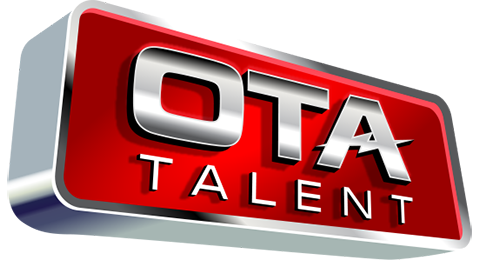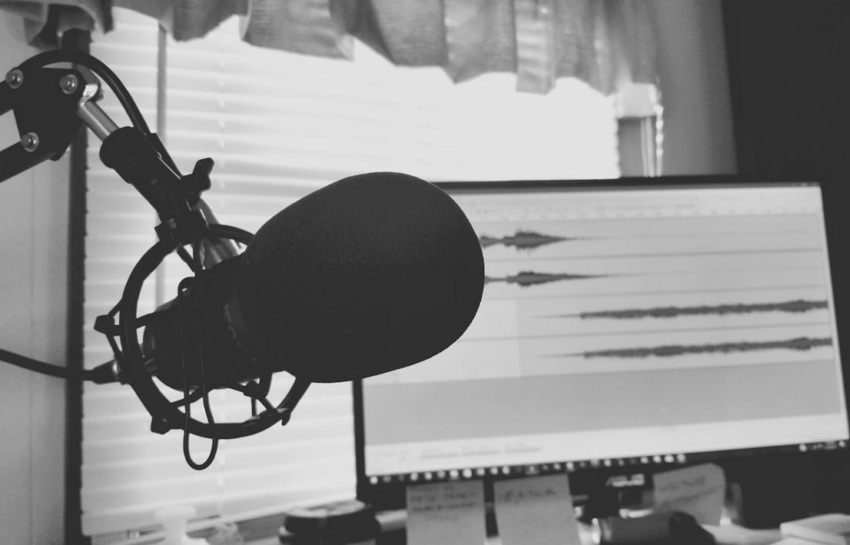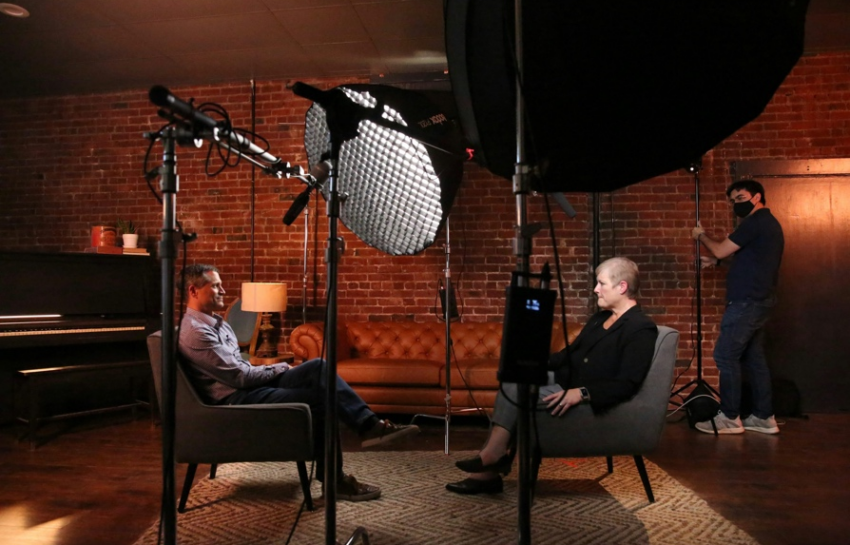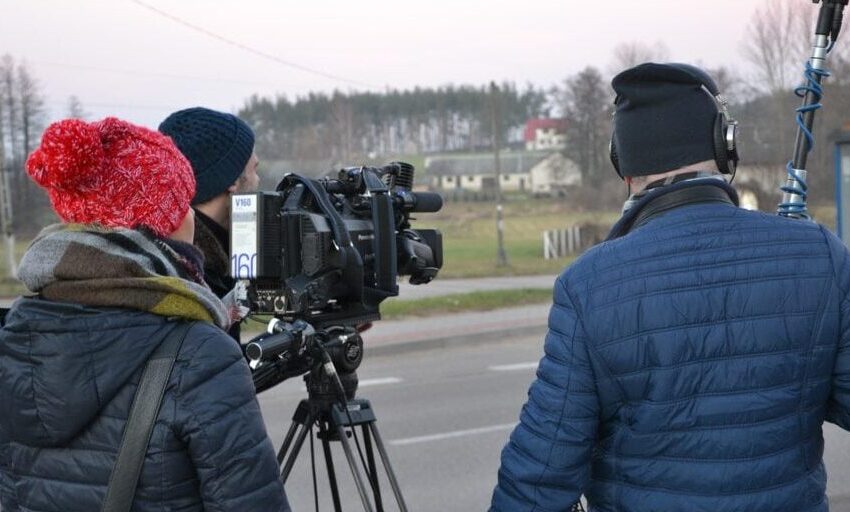There’s no shortage of new mediums and platforms to deliver news to the masses. However, the most recent mediums include electronic mediums, such as radio, television, and the World Wide Web.
These mediums are collectively referred to as “broadcast journalism.” Many journalists might arrive at a point in their careers when they have to switch from writing op-eds and obits to making political commentary on a popular YouTube or TV channel.
In other words, you might have to switch from print journalism to broadcasting at some point in your life. You’ll need our help and representation to improve your chances when that happens.
This shift also comes with its own share of challenges—let’s get into them, shall we?
The Problem with Visual Communication
One of the most obvious disparities between print and TV journalism is the mode of communication.
While print relies heavily on the written word, broadcasting adds a visual dimension to the equation. Your facial expressions, body language, and on-screen graphics come with the territory of this medium.
You must learn to communicate effectively through these visual cues, which may require training in areas such as on-camera presence, storytelling through visuals, and understanding the technical aspects of television production.
Polishing Oral Communication Skills

Unlike print journalists, who can rely solely on their writing skills, TV news professionals must excel in oral communication.
This includes articulating thoughts, pronouncing difficult words and names, speaking confidently on camera, and conducting interviews effectively.
When transitioning from print journalism to broadcasting, practice public speaking, hone your interviewing techniques, and seek feedback to improve your on-air presence.
Once you’re hired, practice before going on camera to avoid fumbling the bag during a live show.
Understanding the Role of Visual Storytelling
In broadcast journalism, visual storytelling engages viewers and conveys information effectively.
Journalists must learn to leverage visuals through compelling video footage, infographics, or multimedia elements to improve their storytelling. This requires a shift in mindset from purely textual reporting to a more multimedia-driven approach.
Embracing Technology
The digital age has turned how news is consumed on its head, with broadcasting increasingly moving online through live streams, podcasts, and social media platforms.
When transitioning from print, you must familiarize yourself with digital broadcasting tools and platforms, including video editing software, live streaming technology, and social media management tools.
Embracing technology is essential for staying relevant and reaching audiences across diverse platforms.
Visit OTA Talent for News, Training, and More!
While transitioning from print journalism to broadcasting may pose challenges, it also presents exciting opportunities for journalists to broaden their skill set, reach new audiences, and adapt to broadcast television, radio, and other mediums.
You can also leverage resources like OTA Talent, America’s fastest-growing TV news correspondent agency, for invaluable support and guidance. Let us identify your strengths, hone them to razor-sharp perfection, and bring you career opportunities.
Contact OTA Talent to advance your career in the media and broadcast industry.















